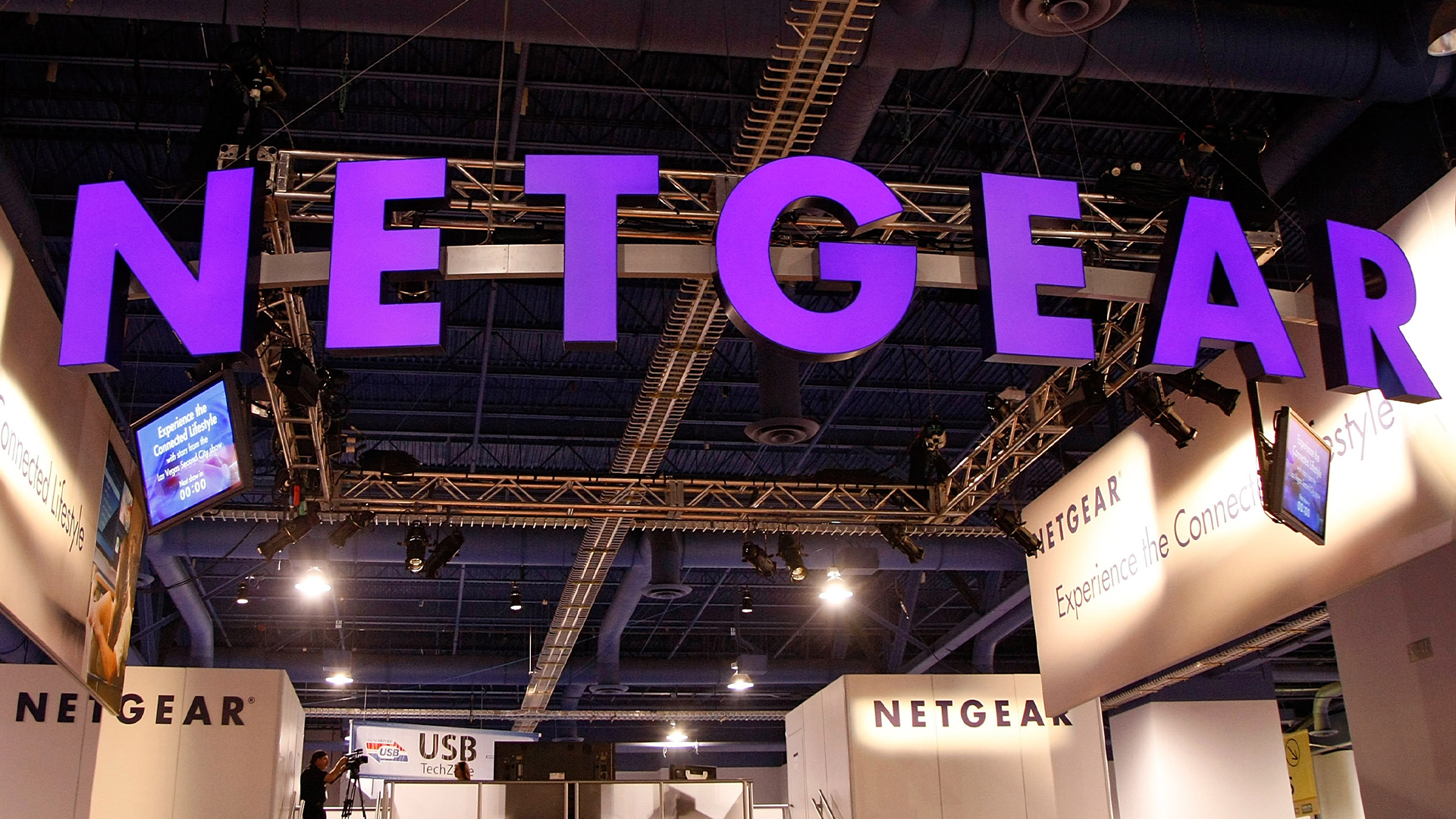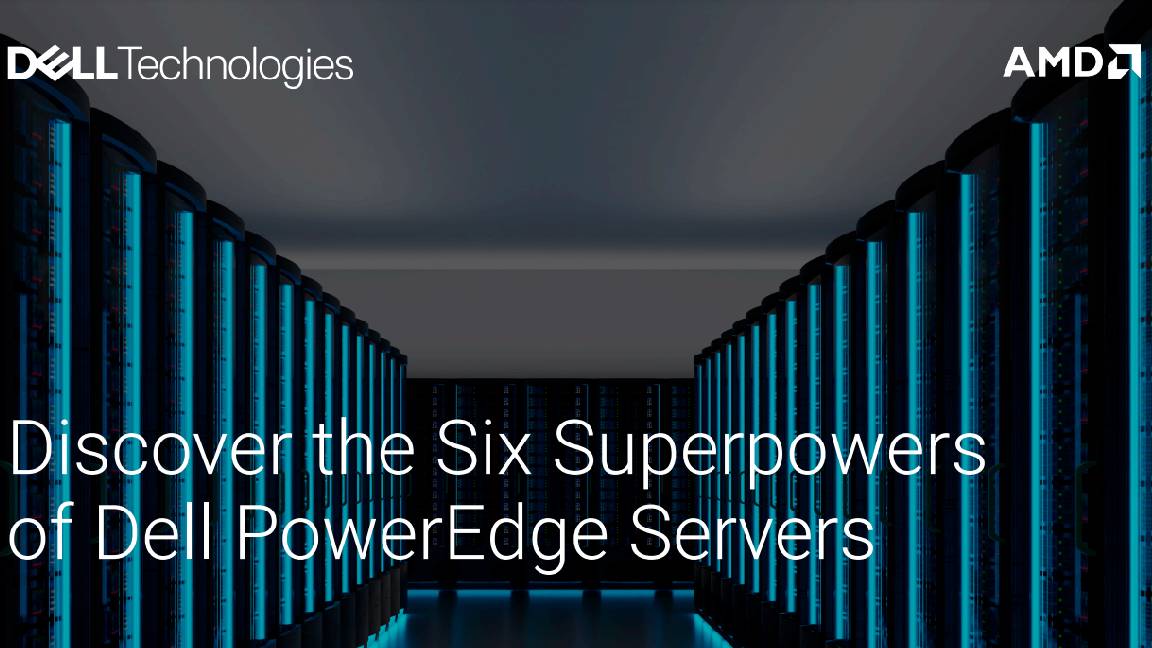Enterprise networking - but without the therapy bills
Historically the networking channel has been on focused on features, but we now need to shift emphasis to enablement...


Enterprise networking is at a pivotal moment. Faced with rising operational costs and increasing expectations from end users, value-added resellers (VARs) and managed service providers (MSPs) are squeezed between two extremes: complex, costly enterprise systems on one side and fragmented, unreliable, low-cost solutions on the other. In the middle lies an expanding opportunity, but only for those willing to rethink how success is achieved.
Margins are shrinking not because of competition but because of complexity. Multi-tiered licensing, inconsistent support, and one-size-fits-all architectures result in repeated visits to customers, longer deployment times, and higher overheads. For partners aiming to build profitable service businesses aimed at enterprise customers below the FTSE 100, complexity is no longer just inconvenient; it’s a direct obstacle to growth.
What’s emerging now is a move toward appropriately sized solutions. Enterprise-grade reliability no longer requires an enterprise-sized IT team. The best platforms today are designed for businesses needing robust cloud connectivity, seamless remote management, embedded security, and AV/IT integration, without excessive overheads or unnecessary features. Solutions that emphasise simplicity, usability, and fit-for-purpose design are gaining popularity because they work. Not eventually, with the support of three site visits, escalations, and unnecessary costs being incurred, but right from day one.
A new breed of vendors is entering the market to deliver solutions at this level. They are not trying to be bigger and more complex than Aruba, Cisco, or Juniper.. Nor to be cheaper than the Chinese consumer-grade manufacturers. Their ambition is different: to be the easiest to do business with, offering a right-sized portfolio for the ‘Unfortunate 50,000’. This term was initially used 15 years ago to describe companies that lacked access to enterprise Wi-Fi technology, because it was too complex and expensive. But history repeats itself – and here we are again, with a demand versus supply gap. This time, however, there is a solution.
Small and medium-sized enterprises (SMEs) have the same needs as larger enterprises in terms of wired and wireless network performance, SD-WAN, redundancy, or SASE security. They just don't have the budget to spend millions with the biggest vendors.
This shift assigns new responsibilities to the new breed of vendors like ourselves. It’s no longer enough to sell a capable product. It must install smoothly, integrate easily, and be manageable without a week of training. That’s where professional services, once optional, are becoming vital. Pre-staging equipment, validating designs, assisting with deployments, and conducting post-install health checks or free site surveys are now critical in ensuring customer satisfaction and reducing long-term support costs.
Training must also adapt. The focus isn’t on certification for its own sake or LinkedIn points, but on operational readiness. Partners need tailored enablement that centers on real-world results: Wi-Fi 7 or AV-over-IP workshops, streamlined onboarding for new technicians, and tools that get them operational quickly, without sacrificing quality.
Stay up to date with the latest Channel industry news and analysis with our twice-weekly newsletter
Ultimately, the future of the networking channel is NOT about features anymore; it is about enablement. Vendors must rapidly eliminate friction in pricing, licensing, support, and partner programs.
For partners, every moment spent chasing quotes or troubleshooting a misconfigured VLAN is time not spent growing their business. What partners need - now more than ever - are solutions that scale with their expertise, deliver dependable performance, and generate predictable profits.

Richard Jonker is vice president of marketing & business sevelopment at NETGEAR Enterprise.
-
 Licensed mmWave: Opportunity or overhead?
Licensed mmWave: Opportunity or overhead?Industry Insights Ofcom’s latest mmWave auction unlocks major new capacity for 5G and FWA, offering a faster, more flexible complement to fiber - especially in dense urban areas
-
 Netgear ramps up enterprise focus with new partner program
Netgear ramps up enterprise focus with new partner programNews The new Netgear Drive Partner Success Program introduces new tools and resources to help partners drive growth and profitability
-
 ePrivate 5G and partner ecosystems: The blueprint for intelligent infrastructure
ePrivate 5G and partner ecosystems: The blueprint for intelligent infrastructureIndustry Insights Private 5G networks and collaboration between technology partners underpin the next wave of innovation and enterprise digital transformation
-
 Discover the six superpowers of Dell PowerEdge servers
Discover the six superpowers of Dell PowerEdge serverswhitepaper Transforming your data center into a generator for hero-sized innovations and ideas.
-
 Grow and innovate on an energy-efficient, sustainable IT infrastructure
Grow and innovate on an energy-efficient, sustainable IT infrastructurewhitepaper Grow and innovate on an energy-efficient, sustainable IT infrastructure
-
 How can IT teams best deliver value?
How can IT teams best deliver value?whitepaper How can IT teams best deliver value?
-
 Looking to streamline IT transformation? Here's how.
Looking to streamline IT transformation? Here's how.whitepaper Looking to streamline IT transformation? Here's how.
-
 Enhance end-to-end data security with Microsoft SQL Server, Dell™ PowerEdge™ Servers and Windows Server 2022
Enhance end-to-end data security with Microsoft SQL Server, Dell™ PowerEdge™ Servers and Windows Server 2022whitepaper How High Performance Computing (HPC) is making great ideas greater, bringing out their boundless potential, and driving innovation forward

